Common sense of heating
Woory Electric Heat is a leading manufacturer of cartridge heaters in Korea.
How does the heating appliance work?
To understand the principle of a radiator, you need knowledge of heat transfer. There are three types of heat transfer, heat conduction, convection, and radiation. Each method does not transfer separately, but works comprehensively to achieve heat transfer.
Heat conduction
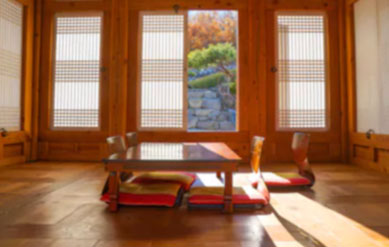
Convection
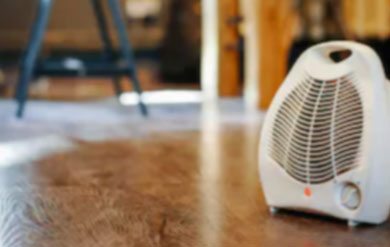
Heat radiation
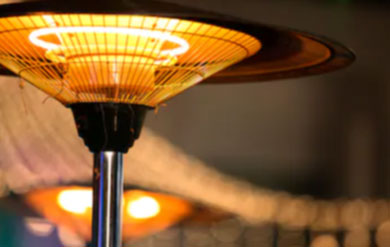
Classification by fuel
Depending on the fuel used to operate the heater, there are largely an electric type that uses electricity and a fuel type that uses gas or oil. Since it is the most commonly used fuel, it is easy to purchase heaters that can run on that fuel.
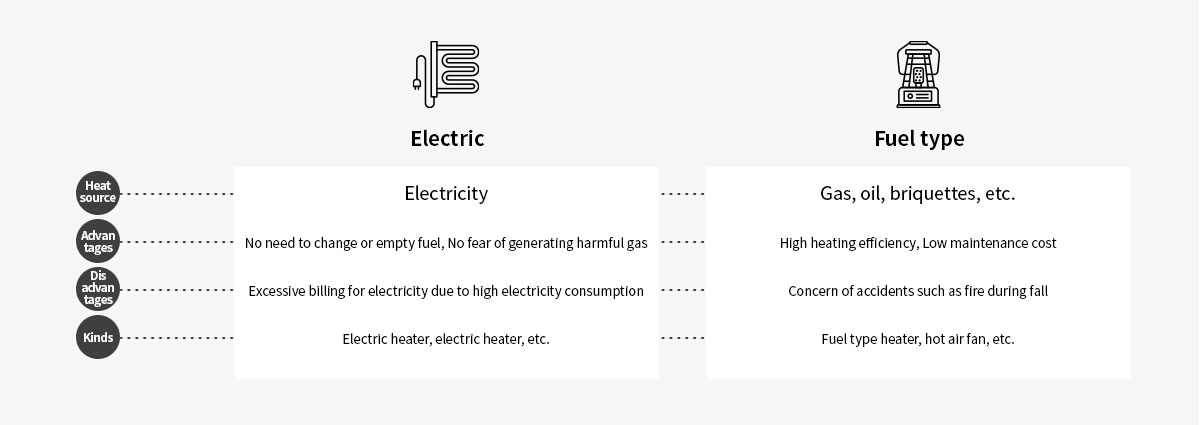
Heater type
first, General electric heater
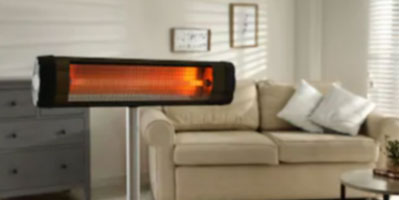
Since the heating element is heated by electricity and then heated by radiant heat, it is good to warm a certain area near the heater. As the most basic heater, it is less expensive than other heaters.
In addition, although it is common for electric heaters to use electricity as an energy source, various materials for heating elements, which are heating parts, can be selected, and each heating element has its strengths and weaknesses.
| Heating element | Advantages | Disadvantages |
|---|---|---|
| Quartz tube | affordable price, Excellent heat efficiency | High power consumption, Slow fever rate |
| Carbon | Immediate fever possible, Pay less electricity bill | The heating element material is expensive |
| Near infrared | Medical near-infrared application | high price |
| ceramic | affordable price, The temperature rises rapidly | Slow fever rate, High electricity usage |
| halogen | affordable price, Long life | Risk of lamp breakage, Weak to shock |
The quartz tube is a heater that generates heat because a heater is built into the glass tube. The heat efficiency is excellent, but the heating rate is slow, so you need to wait. However, it is also available in a mini size at an affordable price, so it is suitable for easy use.
Carbon heater is a product made with carbon fiber. It emits light rays harmless to the human body and does not heat the air, making it suitable for indoor use. However, there is a disadvantage that the heating element material itself is expensive compared to other heaters.
The near-infrared heater uses a special coating to emit near-infrared rays on the lamp and uses it as a heating element. It is also a heater that acts directly on the human body rather than heating air.
Ceramic heaters are the easiest heaters to find around. It is said to have high efficiency as heat reaches a large area by winding a heating element, which is a heating element, to generate heat. It reacts with the moisture in the skin and the temperature rises quickly, so you can feel even warmer. However, it heats up slowly and it takes a while to warm up.
Halogen heater is a heater that creates a heating effect by converting light from a halogen tube made by injecting halogen gas into heat. Compared to other heaters, it is a type that is sold a lot recently because it is cheaper and has a longer life. However, since the lamp is used, it is vulnerable to impact and the risk of damage is high.
second, Radiators for use in the bathroom
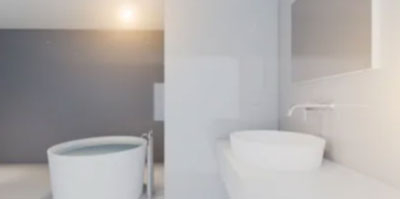
Basically, it uses a heating element similar to a regular electric heater, Because it is a space that cannot consume much time for preheating due to the nature of the space, it requires instantaneous heating power, so carbon heaters or halogen heaters are mainly used. The difference is that the waterproof rating (IP)* has been added as much as it is used in wet places. ※ IP (Ingress Protection) : The level of protection of the device against fresh water
| rank | Degree of waterproof protection | rank | Degree of waterproof protection |
|---|---|---|---|
| X | No protection | 5 | Protection against low pressure water jets from all directions |
| 1 | Protected against vertically falling water rain | 6 | Protected against high pressure water jets from all directions |
| 2 | Protected against water droplets falling in the vertical 15˚ range | 7 | Immersion from 15CM to 1M |
| 3 | Protected against water droplets falling in the vertical 60˚ range | 8 | 1M or more immersion |
| 4 | Protected against water droplets falling from all directions |
There is also a heated bathroom heater, not a heated type. Although the burden of electricity bills is relatively small, a warmer is a little more suitable for bathrooms that require short-time heating because preheating is required. Although this product is used in the bathroom, of course, it can also be used outside the bathroom. Conversely, some electric heaters and air heaters also contain waterproof features, but for safety, it is recommended to use a product exclusively for the bathroom.
third, Radiator and convector
Radiator and convector are products using convection. They both use natural convection, but the difference is that they work fundamentally.
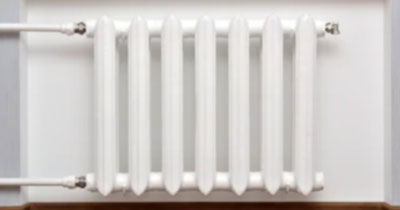
The advantage of using convection is that it is effective for space heating and has no noise.
Disadvantages are high power consumption and slow heating speed, The heat is felt on the surface, so there is a risk of burns in direct contact. The size is larger as the number of pins increases.
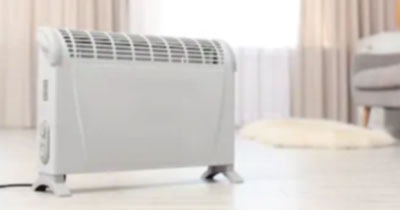
The advantage is that the noise is less like a radiator, The downside is that since it is a product that mainly uses convective heat, it takes a little longer to heat than a radiator that uses both radiant and convective heat.

